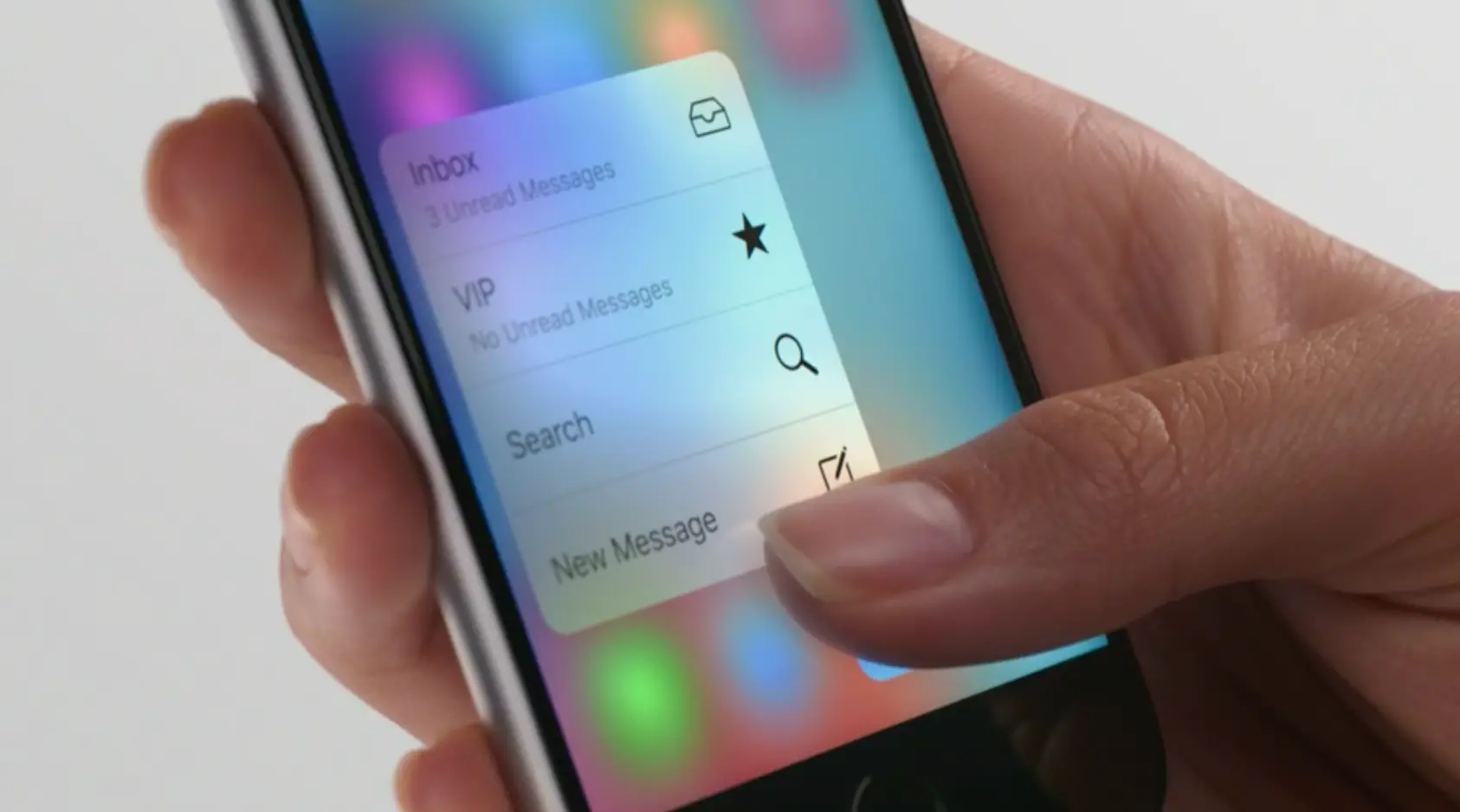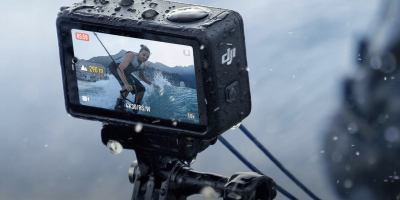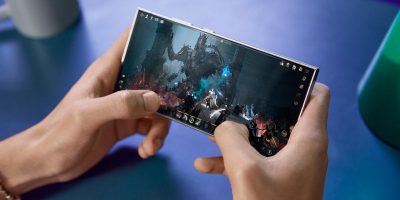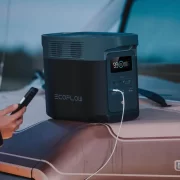With the release of the second Android N Developer Preview, we’re seeing Google introduce a few new changes to the core OS. It’s more than just those new emoji we told you about earlier. Our developer (and others) noticed the wording in Android N’s new Launcher shortcuts feature appears to hint at support for devices with pressure sensitive displays. You know, like on the iPhone 6S. Here’s what was posted in the Android N’s support docs:
Dynamic shortcuts and pinned shortcuts
An application can publish shortcuts with setDynamicShortcuts(List) and addDynamicShortcut(ShortcutInfo). There can be at most getMaxDynamicShortcutCount() number of dynamic shortcuts at a time from the same application. A dynamic shortcut can be deleted with deleteDynamicShortcut(String), and apps can also use deleteAllDynamicShortcuts() to delete all dynamic shortcuts.
The shortcuts that are currently published by the above APIs are called “dynamic”, because they can be removed by the creator application at any time. The user may “pin” dynamic shortcuts on Launcher to make “pinned” shortcuts. Pinned shortcuts cannot be removed by the creator app. An application can obtain all pinned shortcuts from itself with getPinnedShortcuts(). Applications should keep the pinned shortcut information up-to-date using updateShortcuts(List).
The number of pinned shortcuts does not affect the number of dynamic shortcuts that can be published by an application at a time. No matter how many pinned shortcuts that Launcher has for an application, the application can still always publish getMaxDynamicShortcutCount() number of dynamic shortcuts.
After discussing things with Nova Launcher developer Kevin Barry, he attempted to test out the feature for himself but to no avail. It appears these launcher shortcuts are gesture based, hinting strongly that the underlying framework for 3D Touch-like gestures is now supported in Android N. It also wouldn’t be too far off to imagine that — with the necessary software support already being featured in Android N — Google’s upcoming Nexus smartphone could have the actual hardware to take advantage of this feature.
Barry is currently still exploring the feature, so we’ll update when we have more. In the meantime, is a pressure sensitive display something you’d like to see on Android?










Comments